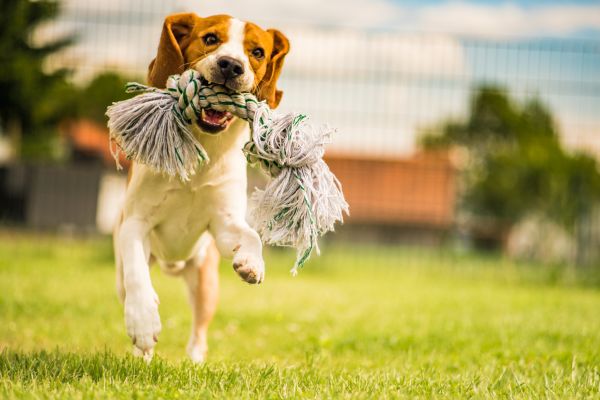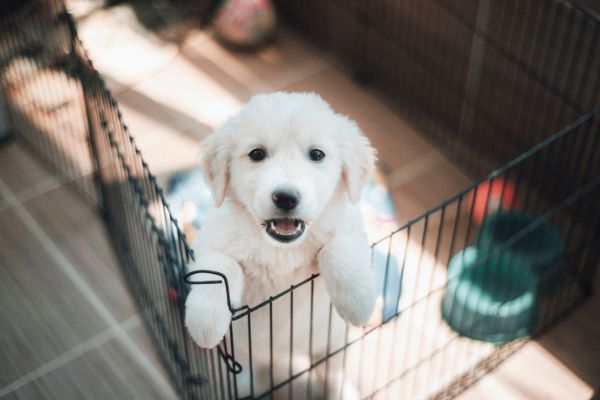Have you ever wondered what happens when wild animals encroach on your property or when a stray dog becomes a nuisance in the neighborhood? That’s where animal control steps in! Animal control plays a crucial role in maintaining the safety and well-being of both humans and animals. It’s a service we often don’t think about—until we need it. But, understanding how it works and why it’s essential can help you appreciate its value.
In this article, we’ll dive deep into the importance of animal control, how it operates, and what you should do if you encounter an animal-related issue in your area. We’ll also touch on some of the challenges animal control officers face daily and how you can contribute to a safer, animal-friendly community.
What Is Animal Control?
Animal control refers to the management and regulation of animals—whether wild or domesticated—within human-populated areas. The primary goal is to ensure public safety, protect animals from harm, and maintain a balanced coexistence between people and animals.
Local governments or municipalities typically oversee animal control services, and these services vary based on the region’s needs and the type of animals common in the area. From handling stray pets to dealing with wildlife like raccoons and coyotes, animal control officers are on the front lines, tackling diverse issues every day.
Why Is Animal Control Important?
Animal control isn’t just about catching stray dogs or rescuing cats stuck in trees. It encompasses much more, including managing aggressive animals, preventing the spread of diseases, and protecting endangered wildlife. Without effective animal control measures, there could be an increase in accidents, injuries, and even fatalities caused by animals.
Additionally, animal control plays a significant role in disease prevention. Rabies, for example, is a life-threatening disease that can spread from animals to humans through bites. Animal control helps manage populations of stray animals, thus reducing the risk of diseases spreading within the community.
Key Responsibilities of Animal Control
Animal control officers wear many hats, and their responsibilities are far-reaching. Here’s a rundown of their primary duties:
- Capturing Stray Animals: Whether it’s a lost pet or an abandoned animal, animal control officers respond to calls about stray animals wandering the streets.
- Investigating Animal Cruelty: Animal abuse or neglect is, unfortunately, a reality. Officers investigate reports of cruelty and ensure animals are rescued and offenders are prosecuted.
- Managing Dangerous Animals: Wild animals like snakes, bears, or coyotes occasionally find their way into residential areas. It’s the job of animal control to safely capture and relocate them to avoid harm to both humans and animals.
- Handling Animal Bites and Attacks: If an animal bites or attacks a person, animal control steps in to handle the situation, ensuring that the animal is quarantined or tested for diseases like rabies.
- Licensing and Microchipping Pets: Some animal control departments manage pet licensing programs to help reunite lost pets with their owners quickly. They may also offer microchipping services.
How to Handle a Stray or Dangerous Animal
Encountering a stray or wild animal can be alarming, but knowing what to do can keep you safe. Here’s what you should consider:
- Stay Calm: If you come across a stray dog or a wild animal, try to remain calm and avoid sudden movements. Most animals won’t attack unless they feel threatened.
- Don’t Approach: Even if the animal looks friendly, it’s best not to approach them. They may be scared, injured, or aggressive.
- Contact Animal Control: Call your local animal control department and provide them with detailed information, including the animal’s behavior, location, and description.
- Keep Your Distance: If possible, keep a safe distance from the animal until help arrives. This will protect both you and the animal.
Challenges Faced by Animal Control Officers
While animal control may seem like a straightforward job, it’s filled with unique challenges. Officers must balance the needs of the community, the animals, and the law, often in emotionally charged situations. Some of the common challenges include:
- Aggressive Animals: Whether it’s a rabid raccoon or a protective dog, animal control officers must be prepared to handle animals that pose immediate threats to public safety.
- Animal Hoarding: In cases of animal hoarding, officers often discover animals living in deplorable conditions, leading to health risks for both the animals and the people involved.
- Underfunding: Many animal control departments are underfunded, making it difficult to provide adequate services. This can result in overwhelmed officers, outdated equipment, and insufficient shelters for stray animals.
- Public Perception: Despite their essential work, animal control officers sometimes face criticism from the public, particularly when animals must be euthanized due to aggression or illness.
The Role of the Community in Animal Control
As much as animal control officers do to protect our communities, they can’t do it alone. That’s where you come in. There are many ways you can support local animal control efforts:
- Spay/Neuter Your Pets: Reducing the population of stray animals starts with responsible pet ownership. By spaying or neutering your pets, you can help prevent unwanted litters.
- Report Animal Issues: If you notice a stray animal, aggressive behavior, or any form of animal cruelty, don’t hesitate to contact your local animal control. The sooner they’re aware, the quicker they can respond.
- Volunteer or Donate: Many animal shelters and rescue organizations work closely with animal control departments. Consider volunteering your time or donating supplies to support their efforts.
FAQs About Animal Control
What should I do if I find a stray animal?
Stay calm and avoid approaching the animal. Contact your local animal control and provide as much information as possible.
Can animal control take my pet?
Animal control can only take your pet if it’s deemed dangerous, has been involved in an attack, or if there’s evidence of neglect or cruelty.
How do I get in touch with animal control?
Most cities and towns have a designated animal control department. You can typically find their contact information through your local government’s website.
What happens to animals after they’re picked up by animal control?
Stray animals are usually taken to a local shelter where they are held for a period of time. If they are not claimed by an owner, they may be put up for adoption.
How can I prevent wildlife from entering my property?
To keep wildlife at bay, ensure that trash is securely covered, remove any food sources, and seal off entry points like crawl spaces or attics.
Conclusion
Animal control is a vital service that ensures the safety of both people and animals in our communities. From handling stray pets to managing wildlife, animal control officers do critical, often underappreciated work. By understanding their role and taking steps to support their efforts, you can contribute to a safer and more harmonious environment for everyone.



